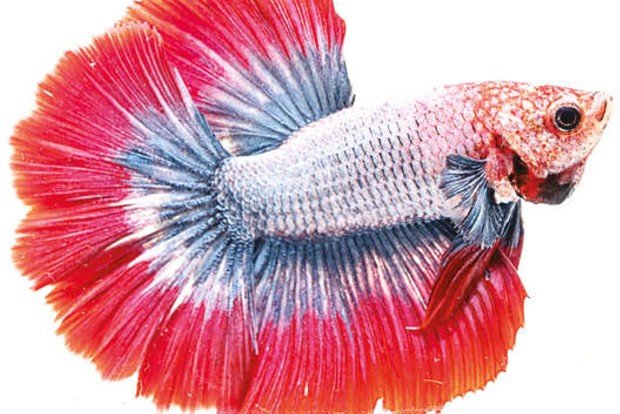It’s no surprise that the colorful Glofish catches your eye! Many new aquarium enthusiasts are drawn to the fish that could potentially become a new addition to their aquarium. Not just the fluorescent colors that make these fish attractive, but the minimum care they require makes them perfect for beginner aquarists. This article will help you determine how many glofish in a 5-gallon tank that you can keep.
We will also look at the requirements for caring for glofish, tankmates and the different types of glofish available in pet fish stores.
What is a Glofish?
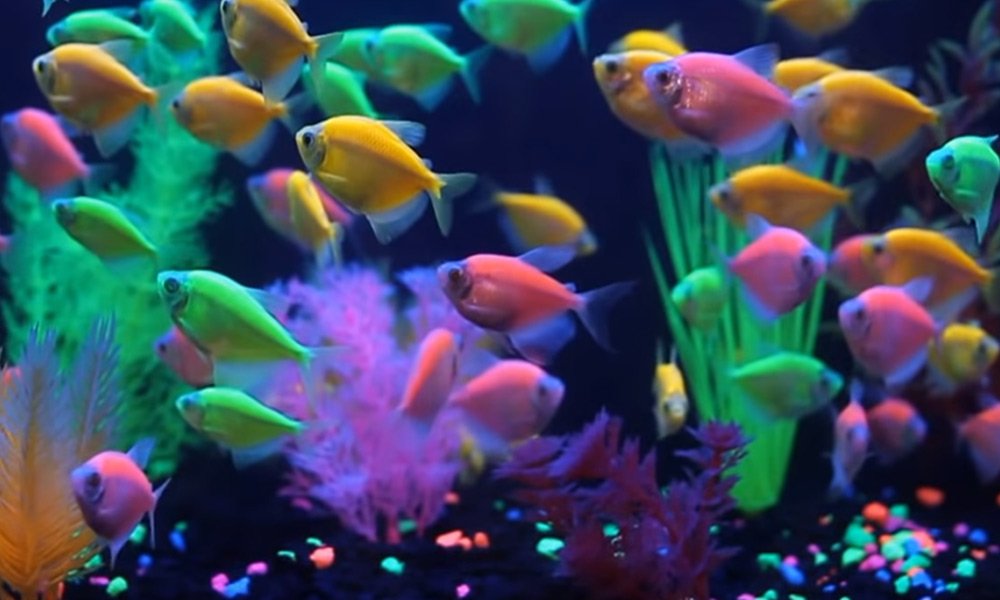
Glofish don’t occur in nature. They are a genetically modified (GMO) fish .
Singaporean scientists found a way to take a florescent green gene from a jelly fish and introduce it to the genome of an embryo of a Zebra Danio fish, creating a glowing green fish.
Having success with developing a unique fish that glows green, the scientists then found other bright colored genes from other creatures, such as a red coral, and following the same procedure managed to develop other danio fish colors.
Today, these little guys come in a variety of florescent colors to include; green, blue, red, yellow, purple, and pink.
Not only have they developed these colors for the Glofish Zebra Danio, but they have been successful in creating awesome colors for other aquarium fish species.
The popularity of these fish has grown more and more, especially with people who want killer displays where they use blue ultraviolet lights to bring out the glow!
The most common glofish species are Glofish Tiger Barbs, Glofish Rainbow Sharks, Glofish White Skirt Tetras, and Glofish Zebra Danios.
Prices pulled from the Amazon Product Advertising API on:
Product prices and availability are accurate as of the date/time indicated and are subject to change. Any price and availability information displayed on [relevant Amazon Site(s), as applicable] at the time of purchase will apply to the purchase of this product.
How many glofish are recommended per gallon of water?
That ‘inch per gallon’ rule was not, and will never be true regarding all types of fish. Imagine having a 10 inch fish in a 10-gallon tank!
It is important to use common sense when populating your aquarium. Every fish species is different and has different requirements and glofish are not any one specific species. Many considerations need to be thought about when setting up a tank that will include glofish such as:
Considerations
- Schooling fish needing the comfort of a group of fish to be content.
- Fast swimming fish requiring wide-open areas to swim.
- Aggressive or territorial fish who cannot be to close to one another.
- The size the adult fish will grow to.
- Water parameters may differ between different species in the tank.
- Compatible tankmates.
How Many Glofish in a 5 Gallon Tank? Let’s Consider Each Glofish Species
How many Danio GloFish in a 5-gallon tank?
Danios grow to 2.5 inches. With the 1 inch per gallon rule, you would only have two danios. The problem with that is,
Prices pulled from the Amazon Product Advertising API on:
Product prices and availability are accurate as of the date/time indicated and are subject to change. Any price and availability information displayed on [relevant Amazon Site(s), as applicable] at the time of purchase will apply to the purchase of this product.
They need to live in a school with more than just one other individual, and they need space to dance around the tank.
Zebra Danios like to occupy the surface areas of the tank, with a tendency to jump. A lid is essential with this species.
Danios like a flow or current in the water, that replicates the streams of their natural habitat. Using your filter pump to generate a current will suit them well.
Keeping danios with say a glofish betta would not work. For one, the betta does not handle currents and bettas become stressed when they don’t have space to move.
Although Glofish Danios are hardy and can tolerate substandard water quality, they do require warm water between 65 to 75 degrees Fahrenheit. So an aquarium heater is essential. Ideally, give them a pH between 6.5 – 7.2 and water hardness between 3 – 8 dkH.
A 5 gallon tank really is far too small for a school or Glofish Danios. You will be fraught with problems keeping the water healthy and the fish will become stressed without having space to move. This will only lead to disappointment.
Having only two danios in the 5-gallon tank would not look impressive, as the aim with keeping glofish is to see them displayed in a school flashing multi-colors as they swim about.
Our recommendation would be a 20-gallon tank with a school of 6 to 10 Glofish Danios. This would look awesome and the fish will do so much better.
How many Glofish in a 5-gallon tank? The Rainbow Shark Glofish
Even a 10-gallon tank is not enough for one Rainbow Shark. At the very least you would require a 30-gallon tank.
Rainbow sharks grow quite large (6 inches long) and are aggressive towards the timider fish. They cannot be kept in confined spaces. Rainbow sharks are best kept with other fish that can match their traits. Glofish Tiber Barbs would be a great match for Rainbow Sharks.
Sharks are bottom feeders, and they do a great job fossicking around rocks, substrate and plants keeping the tank clean. Rainbow sharks require caves and places to hide away. They are a hardy species of fish and will tolerate water that is not at its best.
Rainbow sharks enjoy a temperature between 75 and 81 degrees Fahrenheit, with a pH range of 6-8 and water hardness 5-11 dkH.
We recommend a 40-gallon tank for one fully grown Rainbow Shark. The tank would need to be long, rather than tall, as these fish like to swim left to right scavenging the substrate, not up and down.
How many GloFish Tiger Barbs in a 5-gallon tank?
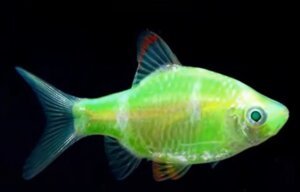
Tiger Barbs are semi-aggressive schooling fish. They are not fussy when it comes to water parameters. A temperature between 68 and 82 degrees Fahrenheit, pH range of 6 – 8 and water harness between 4 – 10 dkH.
A 5-gallon tank will not suffice for Tiger Barbs. A school of six would require at least a 20-gallon tank. These fish grow in no time and will reach three inches long, filling the tank space quickly.
Tiger Barbs are fast swimming fish often seen chasing each other around the tank. Without space they will develop social problems.
If housed in a 30+ gallon tank, you would be able to incorporate tank mates with a small school of Tiger Barbs. Choose tank mates that can match their vigorous behaviours, not timid fish with long fins. Tiger Barbs will not be able to resist nipping them!
Glofish Tiger Barbs would look impressive darting around in a school. Just ensure the tank is large enough!
How many GloFish Tetras in a 5-gallon tank?

Unlike the Tiger Barbs, GloFish White Skirt Tetras, are peaceful fish that grow to 2.5 inches long. They live in schools and for them to be happy in your aquarium a school of at least five or six fish would be best.
These tetras are very hardy fish and can tolerate water conditions that may not be optimal. A temperature range between 75 to 80 degree Fahrenheit, pH 6 – 7.5, and water hardness range of 5 – 20 dkH.
They can be shy, so add some plants to the aquarium to provide them with plenty of places to hide and rest. Ensure space for them to swim around in their school.
The tetra glofish is a great beginner fish and in our view would be the easiest to keep out of all the glofish species.
A 5-gallon tank would not be suitable for this schooling species. A minimum of 20-gallons would accommodate a small school of tetras on their own.
How Many GloFish in a 5-Gallon Tank? The Betta Fish Glofish
You would be able to keep one male betta in a 5-gallon tank or two female bettas.
Prices pulled from the Amazon Product Advertising API on:
Product prices and availability are accurate as of the date/time indicated and are subject to change. Any price and availability information displayed on [relevant Amazon Site(s), as applicable] at the time of purchase will apply to the purchase of this product.
Betta fish are aggressive towards each other, especially males. They don’t cope well in confined spaces with other fish.
Bettas are very forgiving when it comes to water parameters. They have a labyrinth organ on top of their head that allows them to breath air from the water surface if there is a lack of oxygen in the water. Having said this, they do require care, and having a good tank filter and a heater will ensure they enjoy a longer healthier life.
Glofish Betta Fish prefer a water temperature between 75 – 81 degrees Fahrenheit, pH range of 6.5 – 7.5 and a water hardness range of 3 – 5 dkH.
Bettas like places to hide away, so plants and ornaments make great additions to the tank. Their long fins inhibit movement when there is too much water flow in the tank. Water flow through filters will need to be adjusted down or locate the filter behind an ornament in the tank.
Betta fish don’t do well with more aggressive fish such as Tiger Barbs and Rainbow Sharks. These guys may end up nipping the fins of the betta fish.
Bettas can cohabitate a community aquarium, so long as there is enough room for them and plenty of places to hide away if they need to.
Related Questions

Are glofish schooling fish?
Some Glofish species are naturally schooling fish. They are social fish, feeling secure when swimming with a group of others. Tiger Barbs, Zebra Danios and White Skirt Tetras are all schooling fish.
When these fish don’t have a group of companions, social problems set in. Fish may become aggressive or nip fins. This is especially the case with Tiger Barbs. A 5-gallon tank will not suffice for schooling fish.
Can Glofish live with other fish?
The compatibility of the fish with other aquatic creatures will depend on the species of GloFish in question. For
Prices pulled from the Amazon Product Advertising API on:
Product prices and availability are accurate as of the date/time indicated and are subject to change. Any price and availability information displayed on [relevant Amazon Site(s), as applicable] at the time of purchase will apply to the purchase of this product.
On the other hand, danios and say rainbow sharks in the same tank would work well as they occupy different areas of the tank- danios at the top and sharks in the lower areas.
There are many compatible aquarium fish that can coexist with the different species of glofish.
Careful planning and educating yourself on the needs of each fish species will save you heartache. Many new fish-keepers tend to overstock their tanks with incompatible species.
These people then have water quality challenges to keep abreast of, and social problems in the tank, all resulting in the likelihood of fish dying.
A 5-gallon tank is not suitable for a community aquarium, it is way too small. In our view 20-gallons is the very minimum.
What do you feed glofish?
The best food for all the glofish species is a high-quality tropical fish food. Some people choose to add live and frozen foods to add variety to their fish’s diet.
Keep in mind that the different glofish species occupy, and therefore feed, in different parts of the aquarium. For example, Danios would do better with a floating flake, whilst Rainbow Sharks with sinking granules.
Glofish bettas are slow to get to the food and will be outdone by aggressive feeders such as Tiger Barbs.
How long do glofish live for?
The average life of Glofish is between 3 and 5 years. This will vary between the different species. Sharks grow to six inches and may live longer than the smaller species.
Ultimately, for long living fish it will all come down to how well they are cared for. A large tank, with a quality biological filter, aquarium heater and regular water checks; together with good food and space in the tank for fish to have room to swim and establish territories will increase the lifespan of glofish.
What size tank do glofish need?
There is no tank or system exclusive to Glofish. They are different fish species with different requirements.
However, in general all the glofish species are quite hardy tropical aquarium fish and can be given the same care as other tropical fish would get in a mixed community aquarium.
If keeping only one species of glofish a tank of at least 20-gallons is recommended for all schooling species. That way you could keep 6-10 in a school.
That way you could keep 6-10 in a school.
If mixing them up with other aquarium fish, then we recommend a minimum of 30-gallons. With a tank this size you would be able to accommodate ten to twenty smaller fish of mixed species.
Keeping Rainbow Shark Glofish will require a 30-gallon tank to cater for them when they reach adult size (6 inches). Being semi-aggressive fish, they require space.
The only fish that could inhabit a 5-gallon tank would be a single betta fish or perhaps two female bettas.
In our view, bigger aquariums are always better. Much easier to keep the water optimal for fish, less fish disease and they require less maintenance.
Do glofish require special lighting to make them glow?
The short answer is yes. The colors are emphasised when ultraviolet lights are used in the tank.
The Glofish brand sell aquarium kits that include the ultraviolet lights. The tanks look impressive when turned on at night bringing out the glow.
The problem with the tanks they market is that they are too small for the number of fish they recommend. Their 5-gallon tank kit would only be suitable for a single betta fish. Their 10-gallon tanks could take four or five glofish tetras.
They are yet to sell a 20-gallon aquarium kit which, in our view, is the minimum size for glofish.
The ultraviolet blue lights do create a stunning display; however, they are not healthy for any species of fish. In the natural environment, fish are exposed to a full spectrum of light coming from the sun.
Having only ultraviolet lights will stress the fish leading to health problems and a shortened life span.
Our suggestion would be to have a lighting system that gives full spectrum light but can also switch to ultraviolet blue or white light. That way your fish and plants get the appropriate lighting, and when you want to show off your glofish you can switch the lights over to bring out the glow!
What tank accessories do I need for a glofish aquarium?
The most impressive tanks housing glofish have a dark background with a black substrate. This best brings out the florescent colors of the fish.
There are many ornaments and aquarium decorative accessories that also glow when ultraviolet lights are used. These help to create a colorful wonderland.
Always use a correctly sized filter and a heater to maintain temperature and water quality.
What plants should I have in a glofish tank?
A planted aquarium requires a spectrum of light that will help them grow and look their best. If only using ultraviolet lighting plants will not survive. You would be better off using artificial plants.
Glofish species, like other aquarium fish, enjoy a planted aquarium. It offers hiding places, better water quality and provides a source of food. Java Ferns and Anubia plants are always a good call.
What pH do glofish require?
Glofish are relatively robust fish that will thrive in different pH levels; read our guidelines about individual species to see what is their ideal pH.
Which glofish give the best effect in a glow-tank?
The schooling species of glofish look great amassed in an aquarium. Especially, long finned danios that dance around flashing their colorful flowing fins.
Schooling tetras and Tiger Barbs also look awesome!
Danios swim around the surface and tetras in the mid water, so combining these two species would fill the aquarium from top to bottom.
To amass a school for greatest display, a large tank is required.
In our view, the glofish betta is not as impressive as the brilliantly colored betta fish that have been selective bread for finnage and color for decades. The glofish betta lacks the finnage of its counterparts.
Final Thoughts
Glofish are genetically altered fish with fluorescent genes that have been bred in captivity. Depending on the species, they are easy to take care of and tend to get along with numerous tankmates.
The size of the aquarium depends on the species of Glofish and how many to be kept. Try always to use large tanks. Our topic with this article for this artic was to answer the question: ‘how many glofish in a 5-gallon tank?’ Although a 5-gallon glow tank, as marketed by the Glofish company, would look amazing, it really is not a suitable option!
If interested read our article ‘How many glofish in a 10-gallon tank?
.
























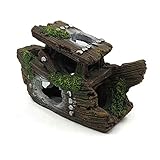










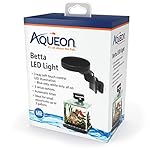


















![[Quick Signs] How to Tell if a Molly Fish is Pregnant? [Quick Signs] How to Tell if a Molly Fish is Pregnant?](https://aquariumhunter.com/wp-content/uploads/2021/09/2.jpg)
![[Must Read] Best Fish For a 20-gallon Tank (With Pictures ) [Must Read] Best Fish For a 20-gallon Tank (With Pictures )](https://aquariumhunter.com/wp-content/uploads/2021/09/196_danios_ahoy.jpg)
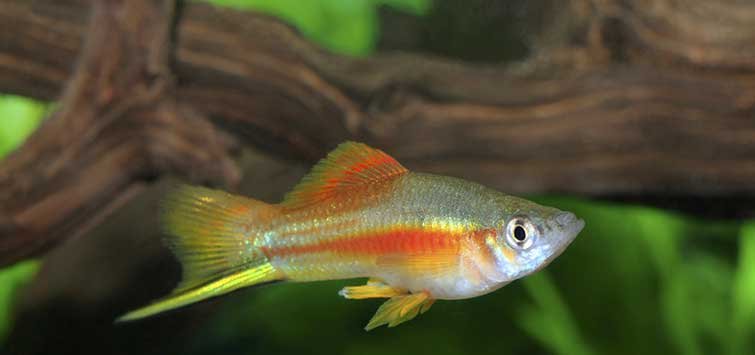
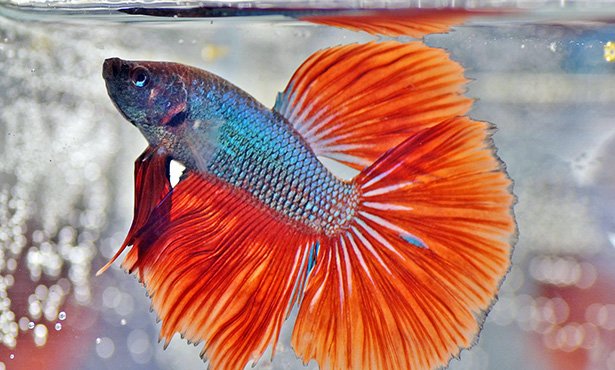
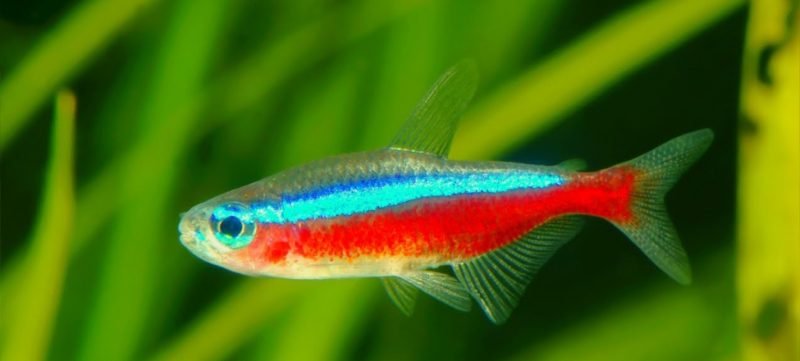
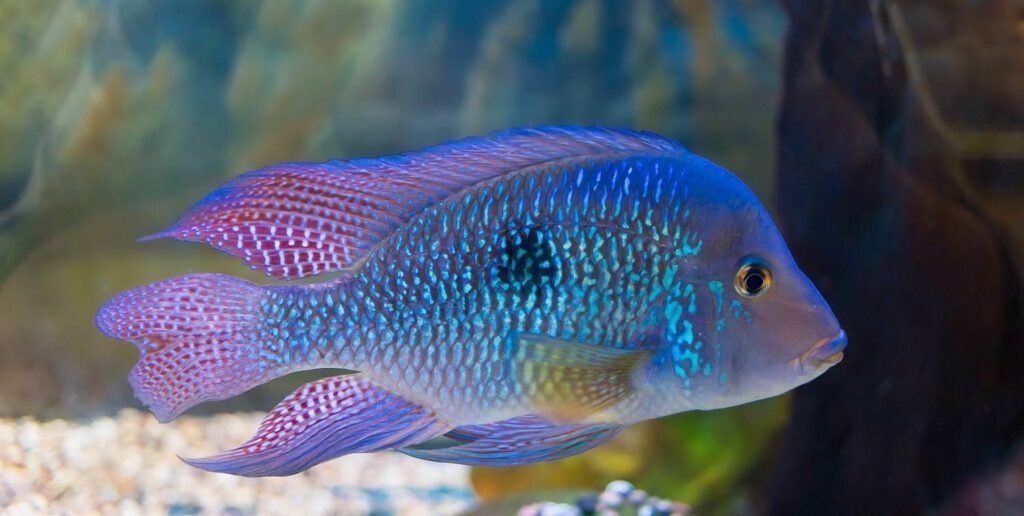



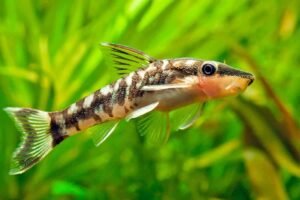
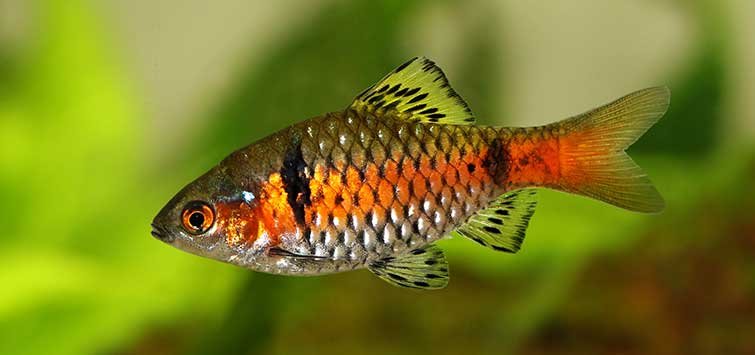
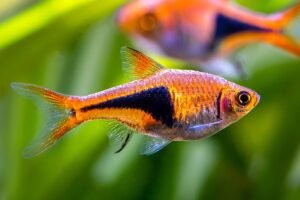

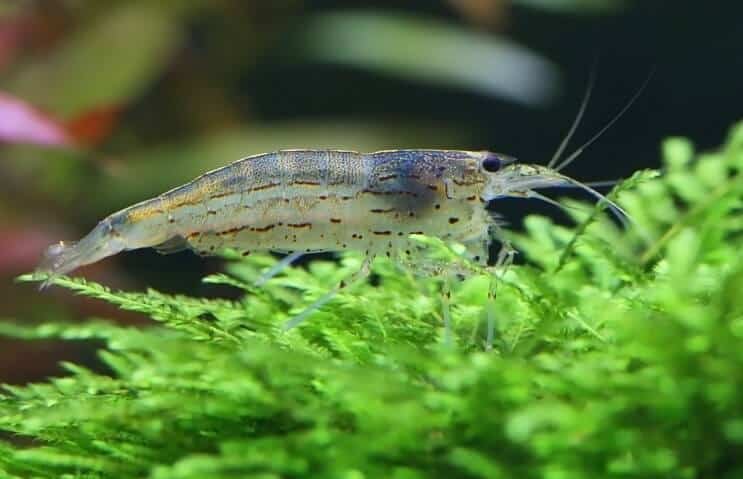
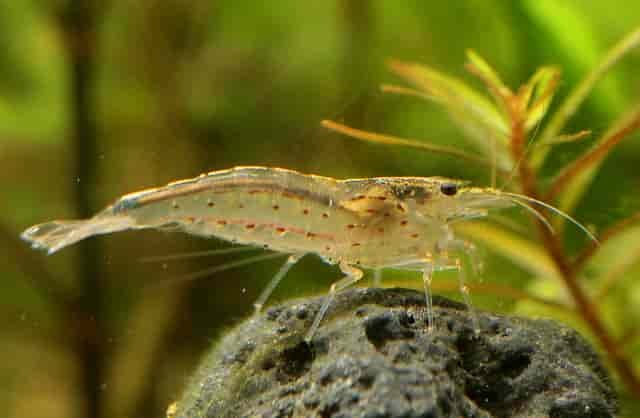
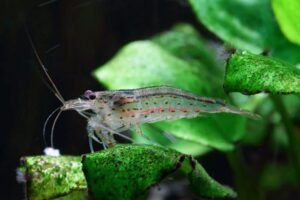





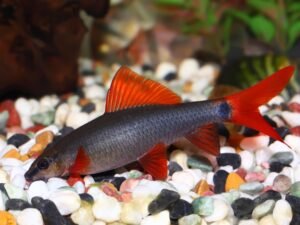



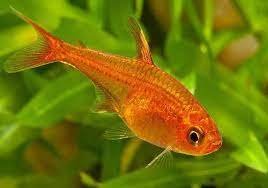
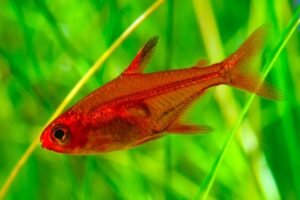
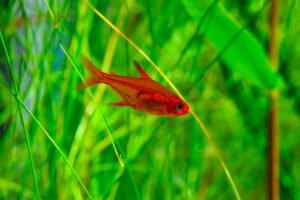

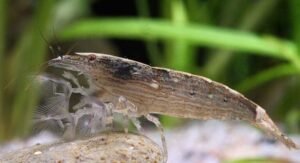
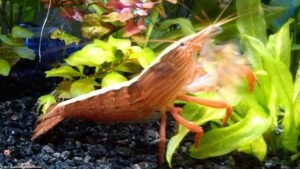
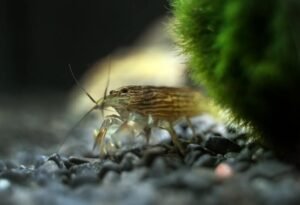
![[Ultimate] Balloon Molly Fish: The Complete Care Guide Molly Fish](https://aquariumhunter.com/wp-content/uploads/2021/09/unnamed-2.jpg)





